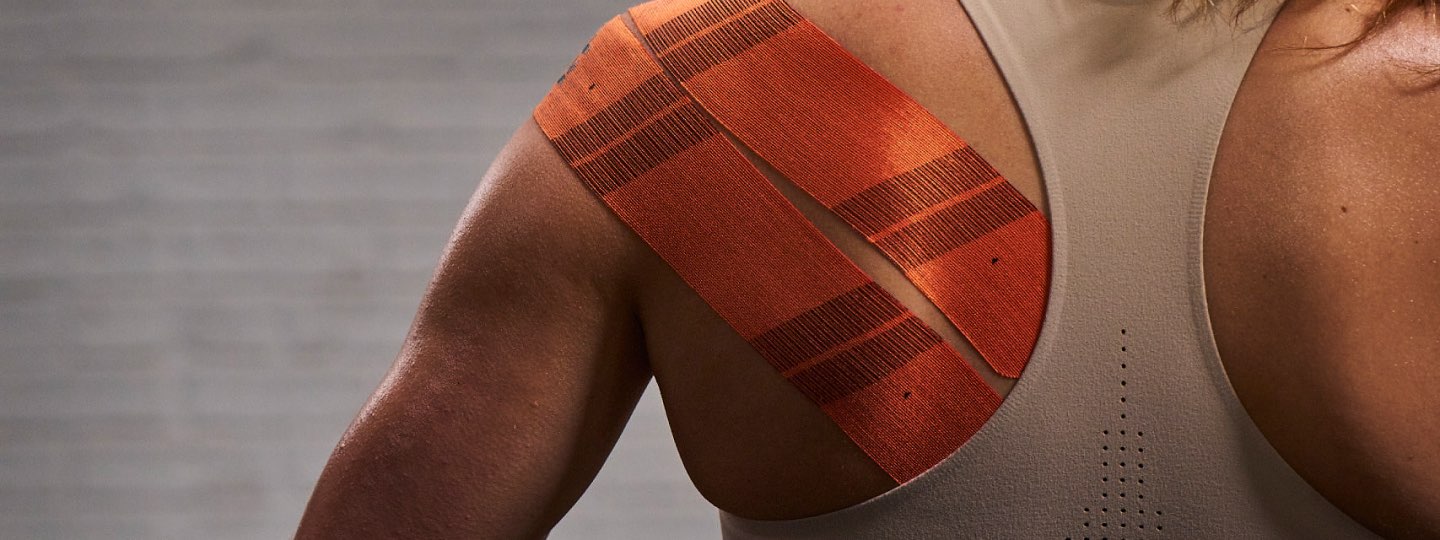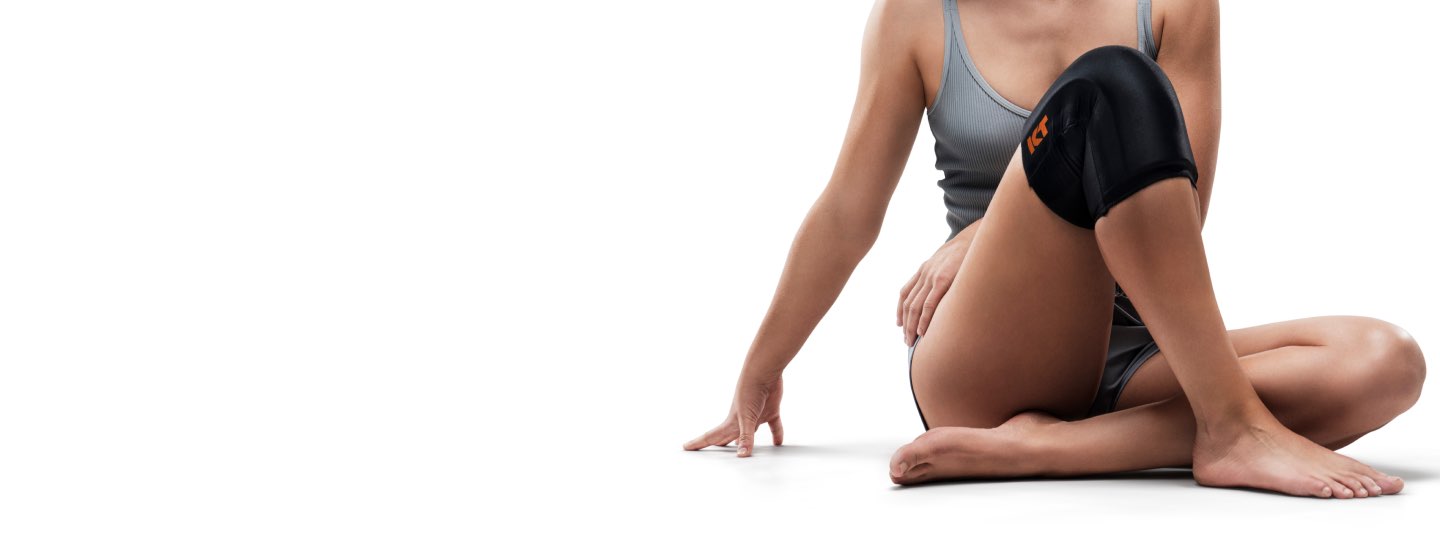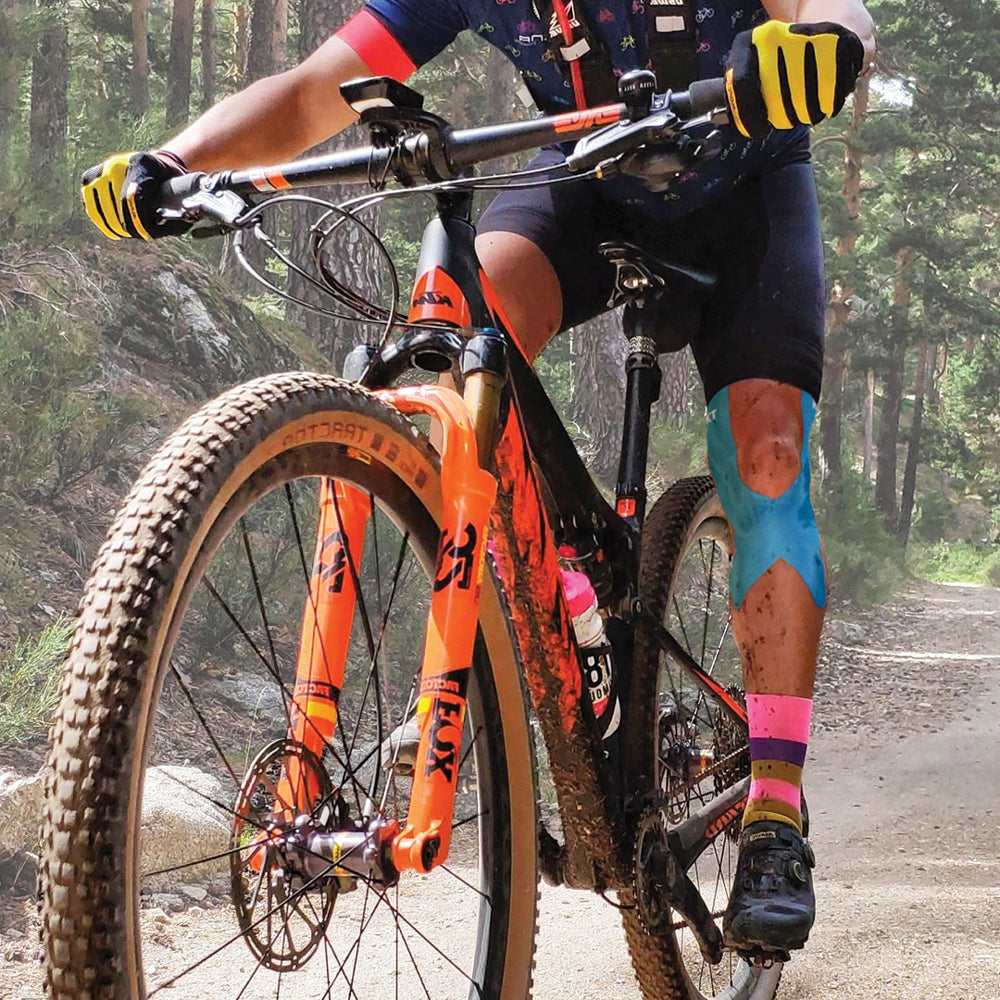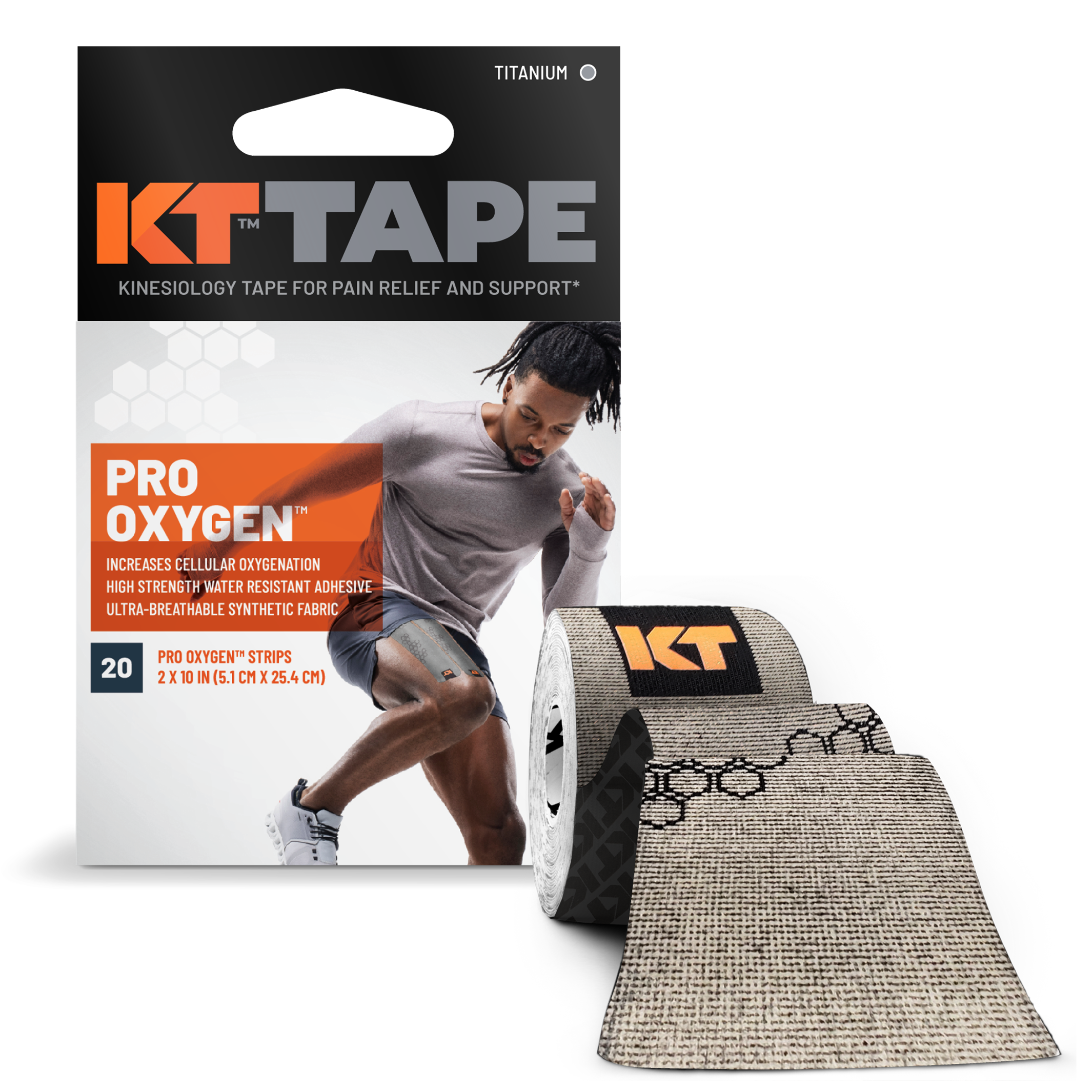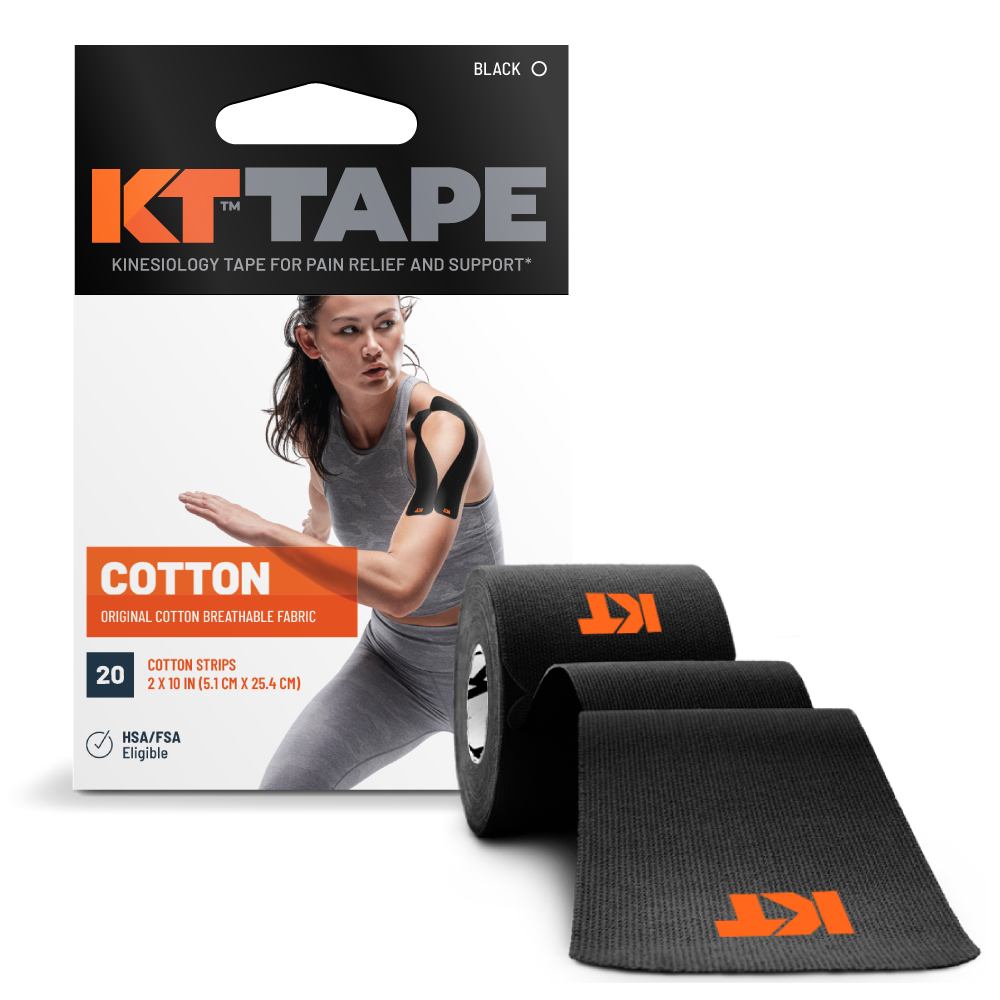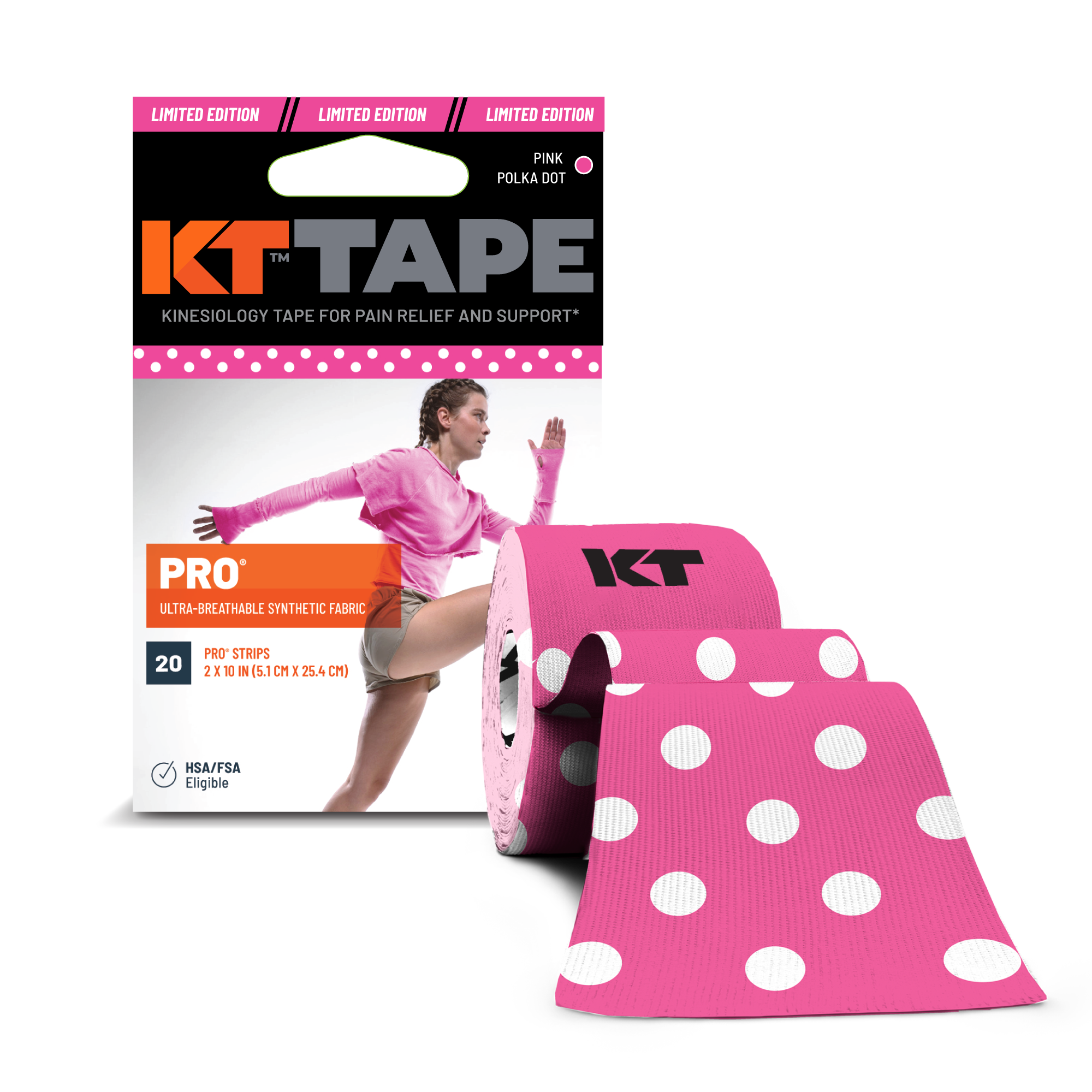Spring training season is here! For KT Tape cycling fans, getting back into spring training means extra aches and pains, and extra KT Tape!
In this article, Joe Friel of Velonews shares his secrets on how to make the most of those aches and pains in your spring training. In his Active.com article The Ten Commandments of Training, Friel explains the training philosophy that will ensure the highest return on your training investment.
Here is my training philosophy: An athlete should do the least amount of properly timed, specific training that brings continual improvement. The idea of limiting training is a scary thought for some. Many cyclists have become so accustomed to overtraining it seems a normal state. These racers are no less addicted than drug users. As is the case with a drug addict, the chronically overtrained athlete is not getting any better but still can't convince himself or herself to change. My basic philosophy is simply "use your training time wisely."
For those of us with full-time jobs, spouses, children, a home to maintain, and other responsibilities, using training time wisely is more than a philosophy; it's a necessity. What this means is that there are times when it's right to do higher-volume training, but not necessarily the highest possible. This is usually in the Base (general preparation) period of training. There are also times when high volume is not wise, but faster, more race-specific training is right. These are the Build and Peak (specific preparation) periods.
While it seems so simple, there are many who can't seem to get it right. They put in lots of miles when they should be trying to get faster. And when they should be building a base of general fitness, they're going fastusually in group hammer sessions. So what do you use to gauge your progress? How tired you are? How fast you are? If it's the former, you're doomed to a career of less-than-stellar racing. Once you figure out that fatigue gets in the way of getting faster and you make the necessary changes, you'll be flying.
To help you better understand this training philosophy I have broken it down into the "Ten Commandments of Training." By incorporating each of these guidelines into your thinking and training, you'll be following this philosophy and getting a better return on your time invested. Your results will also improve regardless of your age or experience.
- Train Moderately Your body has limits when it comes to endurance, speed and strength. Muscles will only contract forcefully a certain number of times before they refuse to pull hard again. The biggest mistake of most athletes is to make the easy days too hard, so when it comes time for a hard training day, they can't go hard enough. By progressing carefully, especially with intensity, you'll gradually get stronger and there will be time and energy for other pursuits in life. An athlete who enjoys training will get more benefits from it than one who is always on the edge of overtraining.
- Train Consistently The human body thrives on routine, and regular activity brings positive change. This does not mean do the same workout every day, week after week. Variety also promotes growth. This is not to say that you shouldn't do hard workouts or that it isn't necessary to push the limits on occasion and experience fatigue as a result. It's obvious that if coming close to your riding potential is your goal, you must often face and conquer training challenges. Training consistently, not extremely, is the route to the highest possible fitness and your ultimate racing performances. The key to consistency is moderation and rest.
- Get Adequate Rest During rest, the body adapts to the stresses of training and grows stronger. Without rest, there's simply no improvement. As the stress of training increases, so does the need for rest. When we sleep, our body releases human growth hormone, and it mends and grows stronger. If our time spent snoozing is shortened, it takes us longer to recover and our consistency in training suffers. Damaged cells take longer to heal, raising the risk of injury and illness. If the training workload remains high despite decreased sleep time, overtraining becomes a real threat. Burnout is lurking just around the corner.
- Train With a Plan This is fundamental to improvement in almost any endeavor of life, yet few self-trained athletes do it. Realize that all plans can be changed. Yours will not be chiseled into stone. It takes some flexibility to cope with the many factors that will get in your way. These may include a bad cold, overtime at work, unexpected travel, or a visit from family or friends. I have yet to coach an athlete who didn't have something interfere with the plan. Expect it, but don't be upset. Roll with the punches and change the plan to fit the new situation.
- Train With Groups Infrequently There's a real advantage to working out with others sometimes. For the winter base-building period, find a group that rides at a comfortable pace. During the spring intensity-building period, ride with a group that will challenge you to ride fast, just as when racing. Smart and structured group rides are hard to find. You may need to create your own. Stay away from big packs that take over the road and are unsafe. You want to get faster, not get killed. Use groups when they can help you. Otherwise, avoid them.
For the rest of Joe's Ten Commandments and to view the entire article, click here.
For instructions on how to tape for Spring training aches and pains, visit KT Tape Instructions.
